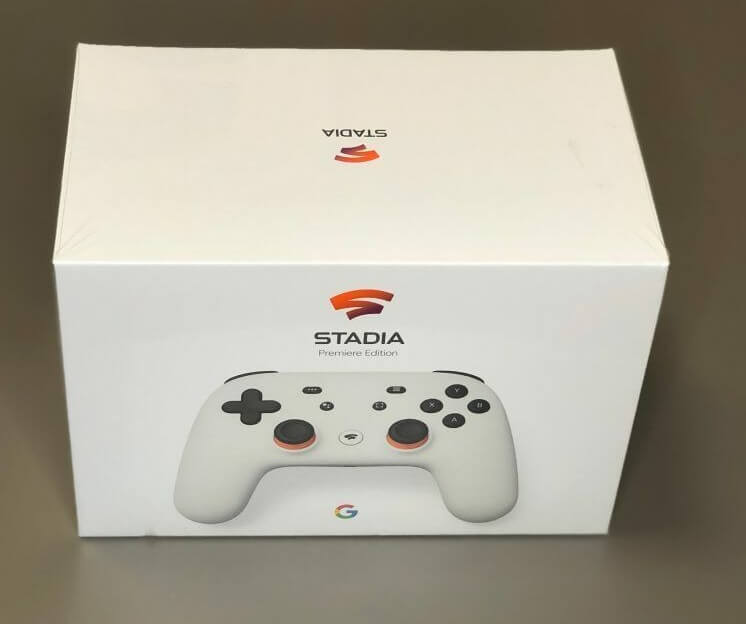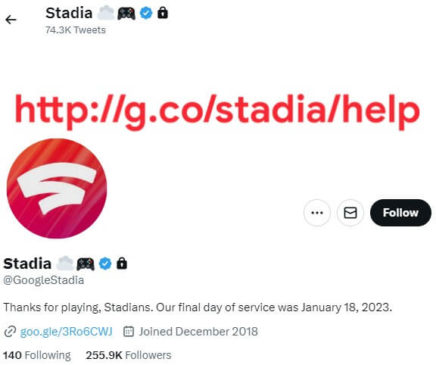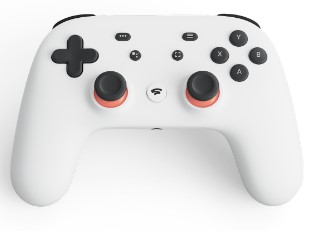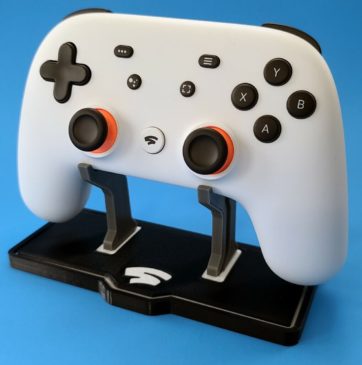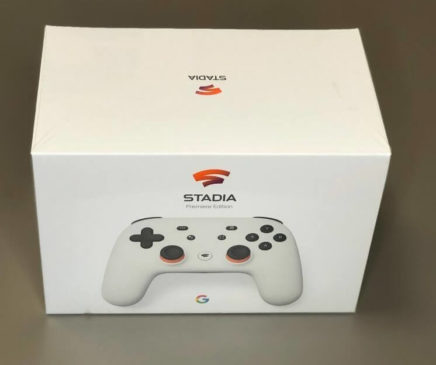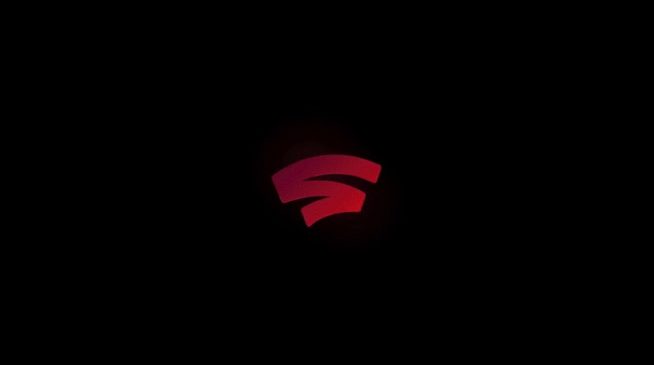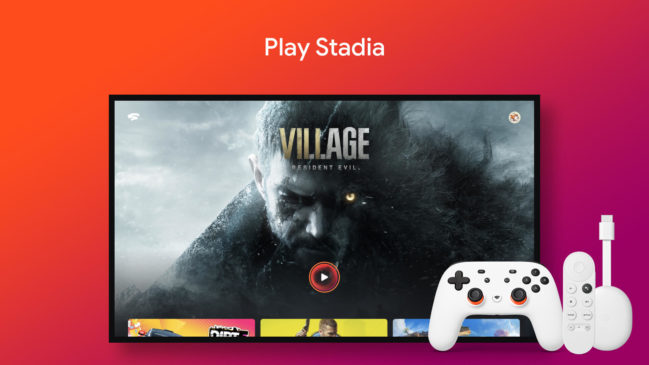Was the death of Google Stadia a significant blow to the gaming industry? Or was it a startup idea from Google that dwindled due to inherent shortcomings? We discuss the chronology of events that marked the rise and fall of Google Stadia. And in the process, figure out if it left its mark on the gaming industry.
After launching in November 2019, Google Stadia promised to revolutionize how people played games. But after facing hurdles and lackluster sales, Google shut down the streaming service in March 2021. With its closure, the gaming world lost a potential game-changing platform that could have allowed gamers to play the latest titles without needing expensive hardware. While Google Stadia may have failed in the end, the gaming industry should apply the lessons learned to future endeavors.
What used to be Google Stadia?
Google Stadia was a cloud gaming streaming service developed by Google. It was intended to revolutionize how people played games. It allowed subscribers to stream the latest titles directly from the cloud, eliminating the need for expensive hardware. The service was met with much fanfare upon its launch in November 2019. Unfortunately, it failed to gain traction as gamers found the streaming unreliable. Subscribers from our team pointed out that some games were merely copies of their Play Station or Xbox versions, with little to no optimization for Stadia.
Was the launch timing perfect?
Stadia’s debut coincided with the ideal circumstances. On November 19, 2019, a dearth of graphics cards and chips pervaded the world. Further, the pandemic forced people indoors and seek at-home amusement. The situation created an ideal climate for Stadia to succeed. The free tier worldwide unveiling was supposedly the right step! During the same time, the world was getting ready for lockdowns.
Well-established competition
Towards the end of 2019, Microsoft Xbox Game Pass and Sony PlayStation Plus streaming services already boasted extensive collections of games. Switching to Stadia for your game streaming needs wasn’t easy if you had already invested in a console.
Xbox and PlayStation have a long history of providing gamers with a great gaming experience. They have long-standing relationships with game developers, publishers, and hardware manufacturers, giving them access to the best games and hardware. On the other hand, Stadia was relatively new to the scene and met with mixed reviews. Stadia’s unique selling point was its ease of use. It was easy to set up and start playing, and you did not need to own an expensive console or gaming PC. Stadia’s initial library of games grew at a fast pace. New titles were being added every month. Massive advertisement blitz made it a must-try for those looking to try out new games without investing in expensive hardware.
Stadia’s unique selling proposition
The main advantage of Stadia was its cloud-based technology, which allowed gamers to play games without downloading or installing them. Gamers could access a decently large library of games without worrying about storage space or bandwidth. Stadia’s free tier had a selection of free games which was a great way to get people interested in the platform. But the free tier did not offer access to all the features, such as 4K resolution and HDR support.
What could have been the next step in the evolution of Google Stadia?
It could have been sensible if you had to give $20 per month for the Premium tier. Additionally, Google could allow you to play your PlayStation, Xbox, Nintendo Switch, or PC games anywhere. A real platform-neutral bridge builder is being done pretty successfully by Samsung.
Samsung’s Gaming Hub is a comprehensive game streaming and discovery platform, giving users access to popular titles from Xbox, NVIDIA GeForce NOW, Utomik, and Amazon Luna. The platform offers a seamless cloud gaming service experience on Samsung TVs, including the 2022 Neo QLED 8K, Neo QLED 4K, QLEDs, and 2022 Smart Monitor Series. The service leverages Samsung’s hardware and software technologies.
Reasons for the Death of Google Stadia
We were hopeful that Google would have learned lessons from multiple commercial failures in video games that were attempted before Google Stadia. And probably, this was one of the reasons for Stadia’s untimely demise.
Yes, the intent to lower the entry barrier to AAA video game experiences was a promise everyone wanted to come true. It started with the humble idea of running games on Chromecast by exploring the capabilities of cloud gaming. The initial hard work of Google engineers made it possible to run Doom 2016 using broadband smoothly. The Netflix of Gaming, aka Stadia (codenamed Yeti), started to take shape. A former PlayStation and Xbox executive, Phil Harrison joined Google as a VP and GM in January 2018. His duties were not disclosed at the time. Google developed its streaming platform and suitable gaming hardware and sourced employees from competition gaming platforms.
Stadia’s demise can be attributed to several factors:
- Firstly, the service was not marketed properly. The streaming was unreliable, which caused gamers to be hesitant to use the service.
- The games on the Stadia store were not optimized for the platform, which made them difficult to play.
- The pricing structure was not competitive with other streaming services, which caused many gamers to opt for other services.
The broken promise of Google Stadia
Google Stadia promised to revolutionize the cloud gaming industry by letting gamers stream games from the cloud. With Stadia hardware, gamers could access their favorite games from any device with an internet connection. This would allow gamers to play games from any location and on any device, including phones, tablets, and computers. As Google’s remote servers outsourced the processing power, the user would only plug into their device and stream directly.
Google promised – play games on the cloud
Before Stadia’s death, Google promised to revolutionize the gaming industry by providing impressive tech with the ability to stream high-quality games on any device with an internet connection. It promised to eliminate the need for expensive gaming consoles and to provide gamers with a more convenient and accessible way to play their favorite games.
What made Google Stadia exciting?
Gaming with much better access and convenience! Stadia was exciting because it offered a new way to play your favorite games. It also promised to stream games with no lag or buffering. The games were larger than most gaming consoles, and the pricing structure was competitive. All these factors made Google Stadia an exciting prospect for gamers.
The reality of Google Stadia Cloud gaming
Google Stadia was not the success that many gamers had hoped for. Technical issues plagued the initial launch: lag, buffering, and connection problems. Additionally, the games library available was smaller than expected. Only 12 titles were announced a week ahead of the Stadia release. The more notable titles worth mentioning were: Terminator Reboot Trilogy, Assassin’s Creed Odyssey, Mortal Kombat 11, and Red Dead Redemption 2. None of them were new titles. Gamers already played these on other platforms, yet playing it on a Chromecast device or using an old PC was exciting. It got coupled with delays in deliveries of Stadia Founders Edition hardware. It led to signup delays for early premium adopters who missed claiming their personalized logins as several free tier users signed up before them.
Mortal Komat 11, like its predecessors, is a fast-paced game. Gamers must be on the hooks of their controllers, punching in their next moves on the fly. Early Stadia free-tier gamers experienced connection glitches, leading to a low-quality gaming experience. They did not have the option to connect non-stadia wireless controllers and had to stick to their PC keyboards.
Furthermore, the lack of cross-play with other platforms has significantly disappointed many gamers. Ultimately, Google Stadia did not become the revolutionary gaming platform many had expected.
The Impact of Google Stadia on the Gaming Industry
Google Stadia had been a game-changer in terms of convenience and accessibility, as gamers could access games from anywhere with an internet connection. This has opened up the gaming market to a much larger audience, as people no longer need to be in the exact physical location to play games. Google Stadia also allowed gamers to play games with friends and family worldwide, making it easier to stay connected.
Google acquired Montreal-based Typhoon Studios in December 2019, marking Google’s entry into physical gaming studios. Jade Raymond, the head of Stadia Games and Entertainment, asserted that the acquisition was propelled by the proficiency of the Typhoon Studios squad, citing the various AAA titles already released by the studio. Later in 2020, non-Google phones started receiving Stadia support. Now gamers could connect the Stadia controller to a non-Google phone and enjoy a high-quality gaming experience. You could also use your Apple iPhone or iPad to play games on Stadia.
Overall, Google Stadia has significantly impacted the gaming industry, allowing the game developer to reach a larger audience and create more immersive and interactive experiences.
Lessons learned when Google Stadia died
Google Stadia was a bold attempt to revolutionize the gaming industry. Despite its potential, the service failed to gain a significant user base due to unreliable streaming and a lack of game optimization. This failure is a valuable lesson for companies looking to enter the gaming industry.
First, companies should ensure their product is optimized for their intended platform. It means that developers should consider the hardware and software requirements of the platform and ensure that their product runs smoothly. Additionally, companies should ensure that their product has reliable streaming capabilities to ensure gamers have a smooth experience.
Second, companies should conduct thorough market research before launching a product. It includes understanding the needs and desires of gamers and ensuring that the product is tailored to meet those needs. Companies should also consider the competitive landscape and assess whether the product is competitively priced and offers unique features that set it apart.
Finally, companies should be prepared for the possibility of failure. While it is essential to be ambitious, companies should also be realistic and have the plan to mitigate potential losses. It includes having a contingency plan and a backup strategy in case the product fails to gain traction.
The failure of Google Stadia serves as a valuable lesson for companies looking to enter the gaming industry. Companies should ensure their product is well optimized for the platform, conduct thorough market research, and be prepared for possible failure. Doing so can increase their chances of success and avoid the mistakes Google made with Stadia.
What to do with your Google Stadia games controller?
To make the most of your Google Stadia controller, it makes sense to understand what can be done now that Stadia is dead.
- Sell it – One of the most obvious options is to sell your controller. There are a few different ways to do this. You can either list it on an online marketplace like eBay or Craigslist, or you can list it on a dedicated Stadia marketplace like Stadia-Trade. Unfortunately, there’s no guarantee that you’ll be able to sell your controller. Be prepared for the possibility of failure, and make sure you’re not relying on the sale of your controller for your income.
- Trade it – Another option is to trade your controller for something else. You can look for someone willing to trade their controller for yours, or you can look for someone willing to trade their game or accessory for your controller.
- Donate it – Many charities accept donations of gaming equipment, and you can ensure that your controller goes to a good cause. It is a great way to give back to the gaming community and an excellent way to get rid of your controller without worrying about making a profit.
- Keep it as a Memento – If you have a controller that you’ve had for a long time and has sentimental value, you may want to keep it as a memento. You can display it in your home or office as a reminder of the good times you’ve had playing your favorite games.
loading...
loading...

